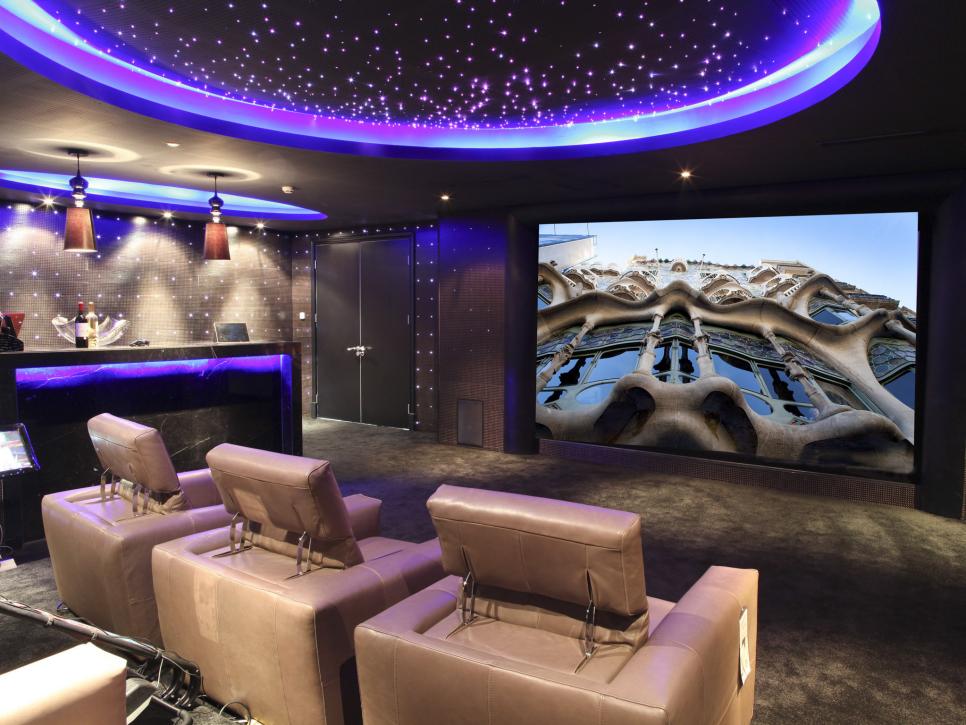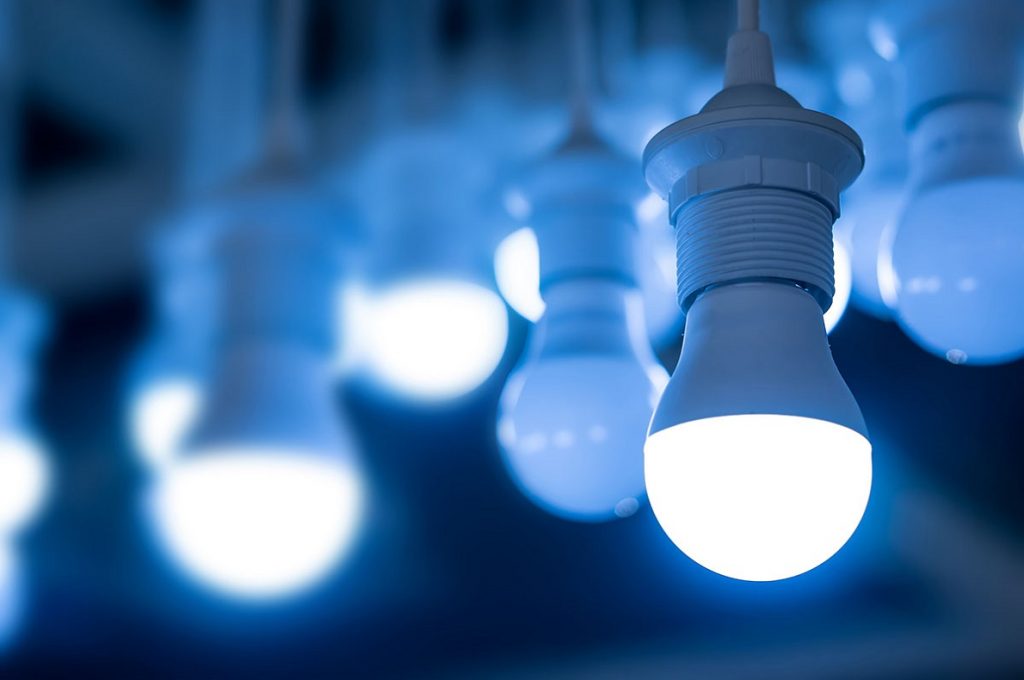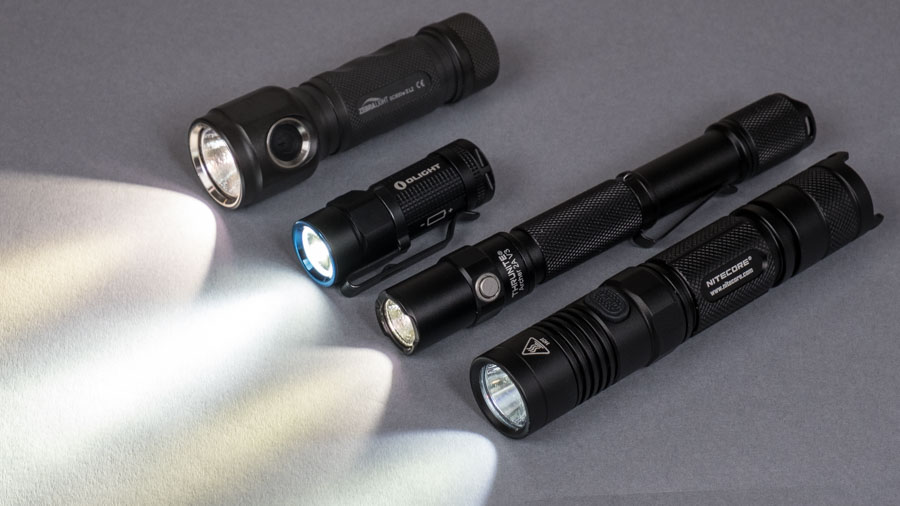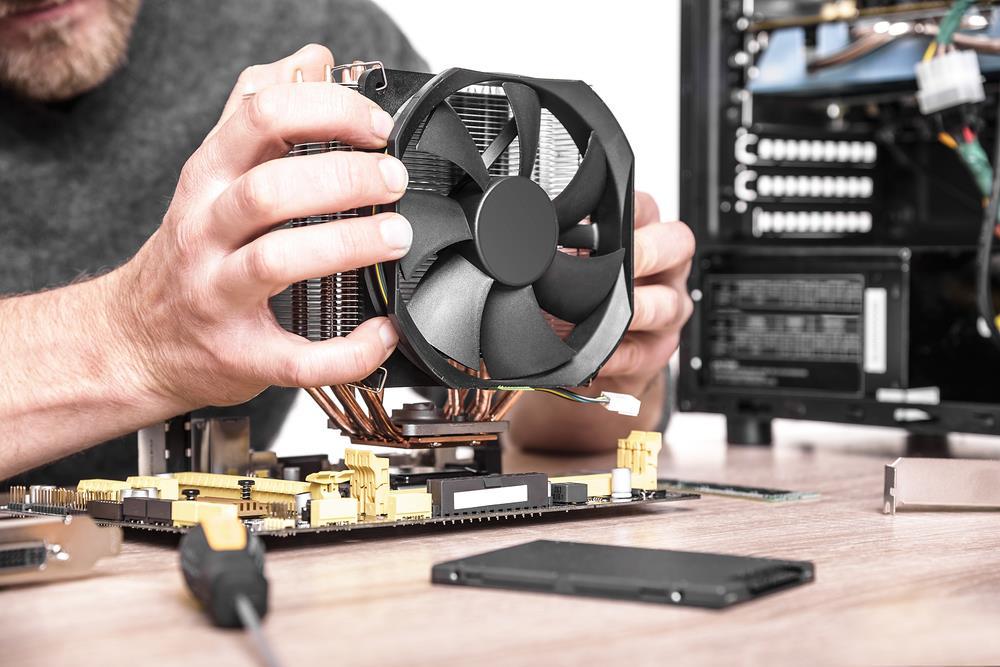Lighting Courses – Fastest and Smartest Way to Become a Certified Expert
When it comes to diving in a new field that you are not very much familiar with, it is important to first get the basics down so that you can start advancing and reach new levels of knowledge. But learning a few things here and a few things there is simply not going to cut it if you want to become proficient in a certain area. The smartest and fastest way to do it is to take an entire course on the matter and learn as much as possible. So, it’s really up to you – do you want to scratch your head or stay ahead? Read More
How to Recognize a Good Flashlight Torch from a Bad One
Flashlights are enormously popular and much-needed pieces of gear for everyone – from military/enforcement personnel and hikers to campers, hunters, dog walkers, etc. Old flashlight models did not have the power to provide enough light for cases like a power outage or when out camping, but the great advances in technology have transformed the flashlight into a valuable multipurpose tool with many benefits for its user. Read More
How to Choose a Good Gymnastics Mat for Home Use
Gymnastics is a wonderful physical activity that can not only increase your flexibility and improve your general health but also help you get in touch with your body and mind. Kind of like yoga, but a lot more fun. So, no wonder more and more people practice gymnastics outside of the gym class. But practicing this sport at home carries some risks if you’re inexperienced or don’t use the right equipment and accessories. Since it’s an activity that involves drops and heavy landings, it’s important to have a good gymnastics mat that can cushion them and prevent injuries. Here’s what you need to look for in a mat. Read More
Tips on Selecting Home Theatre Seating That Will Maximise Your Comfort
When it comes to creating a home theatre room, most of the attention is normally placed on the TV, the speakers, cables, wiring and the numerous other electrical components. This makes it all too easy to forget about an equally important element – the seating! After all, even the most advanced home theatre equipment will fail to provide you with enjoyment if it’s paired with uncomfortable seating. Since life is too short, and some films are just too long to spend watching them in a bad seat – here are some good tips to help you pick this final piece of your entertainment puzzle.
Meet the Needs of the Audience
Your home theatre seating should be primarily designed to provide the audience with comfort. But comfort means different things for different people. For instance, two-armed seats seem like an obvious choice, unless your partner is constantly reaching over the armrest to hold your hand. In that case, a home theatre sofa, or a love seat might be a more comfortable option to get cosy with each other. But if you want to host film nights for your extended family or friends, one or multiple rows of seats will ensure there’s a spot for everyone. Just try to think about the individual needs of the audience, and pick a combo that can provide everyone with comfort. Whether you need sofas, recliners, ottomans, or loveseats – there’s a huge variety of home theatre seating Melbourne, Sydney and Brisbane furniture stores offer.
Determine Your Available Space

If you have a large space, you can also accommodate a larger amount of people. In that case, placing rows of theatre seats in isles can be a great idea. But if you have a more limited space, a small sofa or an intimate setting of 2-4 recliners around the room is a better option. When placing the seating, pay attention to the distance from the screen. Too much and you won’t be able to take in the details, too little and the whole action will feel in-your-face and strain your eyes and neck. Considering this, experts advise placing the seats at least 2 meters in front of the screen. If you plan on including additional back rows, elevating them a bit on a ramp will ensure everyone has a good view of the screen.
Consider Extra Features
The addition of some small luxuries can set your home theatre above the norm and home theatre seating can come with a variety of amenities. From motorized reclining options, to cup holders and popcorn holders, storage pockets for remote controls, and even integrated speakers – extra features can enhance your whole experience. With the large offer on home theatre seating Melbourne and Sydney retailers have, you can find all kinds of innovative designs sure to impress.
PC Cable Management Tips: How to Ensure Your PC is Properly Cooled
Back in the days, we didn’t care too much about what was happening inside our PC case, even less so around it, as long as everything was working fine. However, times have changed, and we’ve gotten (slightly) smarter, and more interested in taking care of this valuable possession. Plus, today more and more people are looking to build their own computers, and have to choose one of the different ways to cool them down in order to get the best possible performance.
The most popular way to cool down a computer by far is with the help of heat fans and sinks, which leads to the main point of this article – managing the cables inside the case. Even in liquid-cooled computers, which are becoming increasingly more popular lately, cable management can be extremely important. That being said, ensuring your cables are tidily arranged and secured with cable wire ties can be the difference maker between a well-cooled and quiet PC, and a poorly-performing, loud PC whose parts will wear down faster than you’d like.

Besides cable wire ties, there are a couple of other simple and affordable tools you can get your hands on in order to ensure proper cable management. Some of these tools include a screwdriver, pliers, twist-ties, rubber bands or hairbands, wire cutters, ESD-compliant electrical tape, etc. However, there are also some commonly used tools that you should avoid at all cost, like zip-ties, for example, which need to be cut away in case you need to rewire your PC or remove a component, as you could easily cut a cable accidentally instead.
There is no definitive way to manage the cables on your PC, but here’s some advice that can help you assemble and lay out the cables and components of your rig.
- The power supply should go first, as it usually has the largest cables which can act as support for the smaller ones;
- Get the drives out of the way sooner rather than later;
- Ensure you put the CPU and RAM and their heat-sink before putting them into the PC case;
- Think ahead when shopping for case fans, consider beforehand where you should place them for ideal performance;
- If you have more than one PCI slot, consider which one would be best for your video card, as it’s the hottest component by far. Avoid placing too many hot components nearby to avoid them releasing warmth near each other;
- Get creative with your peripherals. Your main goal with them is to avoid blocking air flow;
- Look for possible ways to hide the other cables and use cable ties to hold them as close as possible, so that they’re not scattered all over the place.
The Health Benefits of Car Seat Cushions You’d Wish You Knew Earlier
Even though most of us love the modern way of life for its convenience, there’s no denying that it has made us all lazier and unhealthier. One of the biggest issues most adults face nowadays, that they don’t even realise is an issue, is the sedentary lifestyle. Sitting 8 hours a day in an office chair that in most of the cases lacks the basic ergonomic features, plus commuting back and forth to work can take a toll on a person’s health, resulting in chronic lower back pain, neck pain, etc. Luckily, today there are numerous ergonomic office products that can help improve your health while at work, but for some of us, that’s simply not enough. Personally, I spend about an hour commuting to work, and my car seat isn’t that comfortable. I spent years in discomfort before I discovered that orthopedic seat cushions exist.






